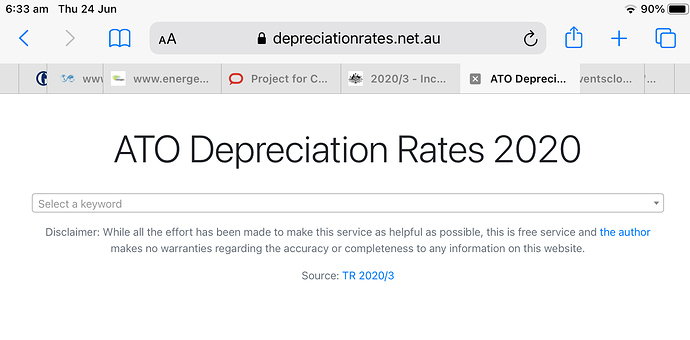Having has to return a few products in the past few years due to poor manufacturing quality, something that struck me is that one has to argue with the retailer/manufacturer that the defect was in fact as a result of poor quality and that it should be covered by the manufacturer warranty or under the ACL (for products outside the manufacturer warranty but should have lasted longer).
This gave me an idea…maybe Choice could produce a guideline to complement the ACL (and maybe used in conjunction with the ACL in the longer term).
This guideline would contain information on:
-
The expected life of a product (as expected by a consumer and designed life by manufacturer);
-
The period that one would expect a product to be fault free (expected by the consumer and manufacturer); and
-
The period of time that one would expect to be able to get spare parts for the product (expected by the consumer and manufacturer).
I think that Choice would be best placed to obtain such information and could collaborate with say a university to collect the data and report the findings.
This information would be invaluable to both the consumer and the manufacturer. The consumer would benefit as they would know roughly how long a product is expected to last and also if a claim under the ACL is likely to be successful based on their own product and circumstances. A manufacture will also be able to use the information to design products which meet the consumer expectations.
It would be great if main household appliance were initially captured with less common items captured later (when time or finances allow).
What would be interesting would be say example like a $1000+ refrigerator using made up numbers:
-
Consumer thinks it should be fault free for at least 7 years and should last at least 12 years. Parts should be available for at least 12 years.
-
Manufacture thinks it should be fault free for 2 years (their warranty period) and should last 8 years. Parts should be available for at least 7 years.
What the above would show the manufacturers is consumer believe that through normal use, a refrigerator should last far longer than they willing to stand behind their products. If a consumer has a refrigerator fault in say 5 years, there is an expectation that the refrigerator shouldn’t have such faults and maybe should be covered by the ACL.
As Choice currently has systems in place for the reliability survey, it wouldn’t be difficult to modify such surveys to capture such information.
Anyway food for thought.
